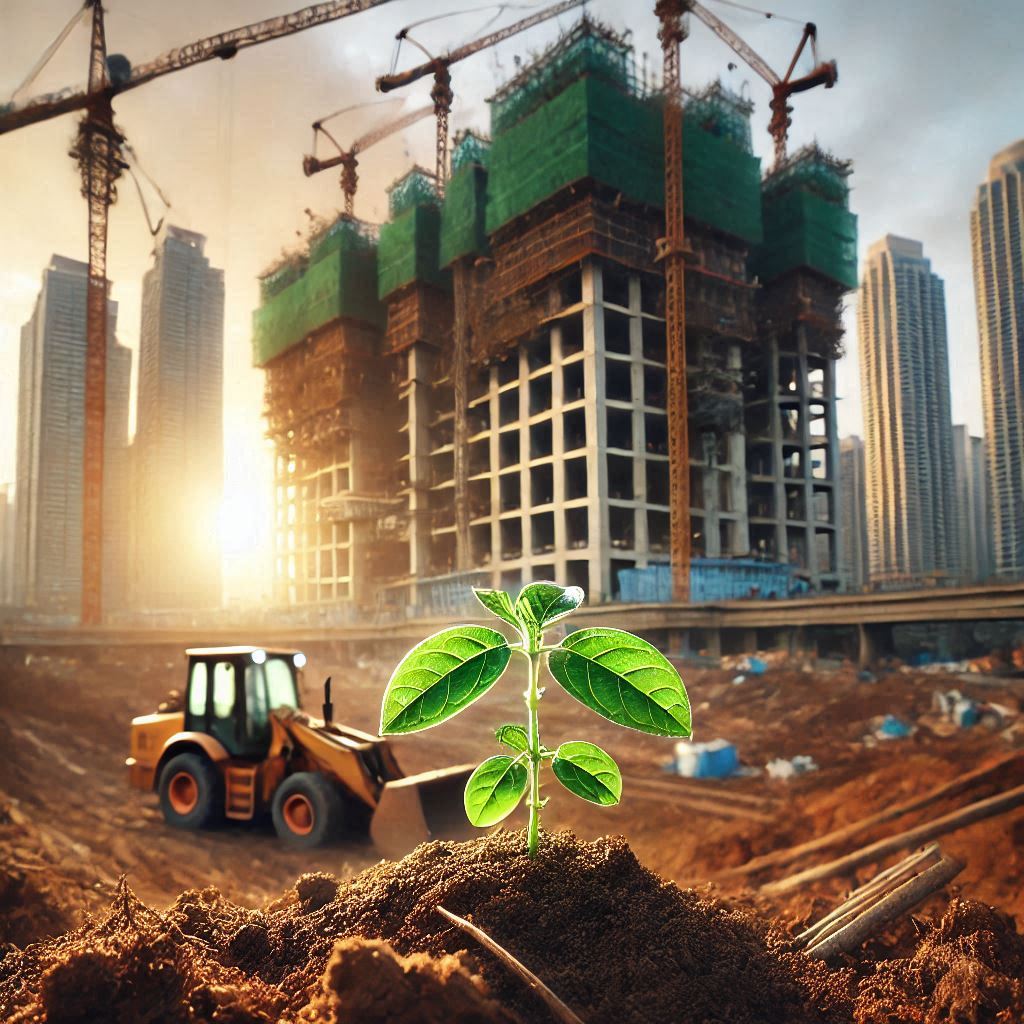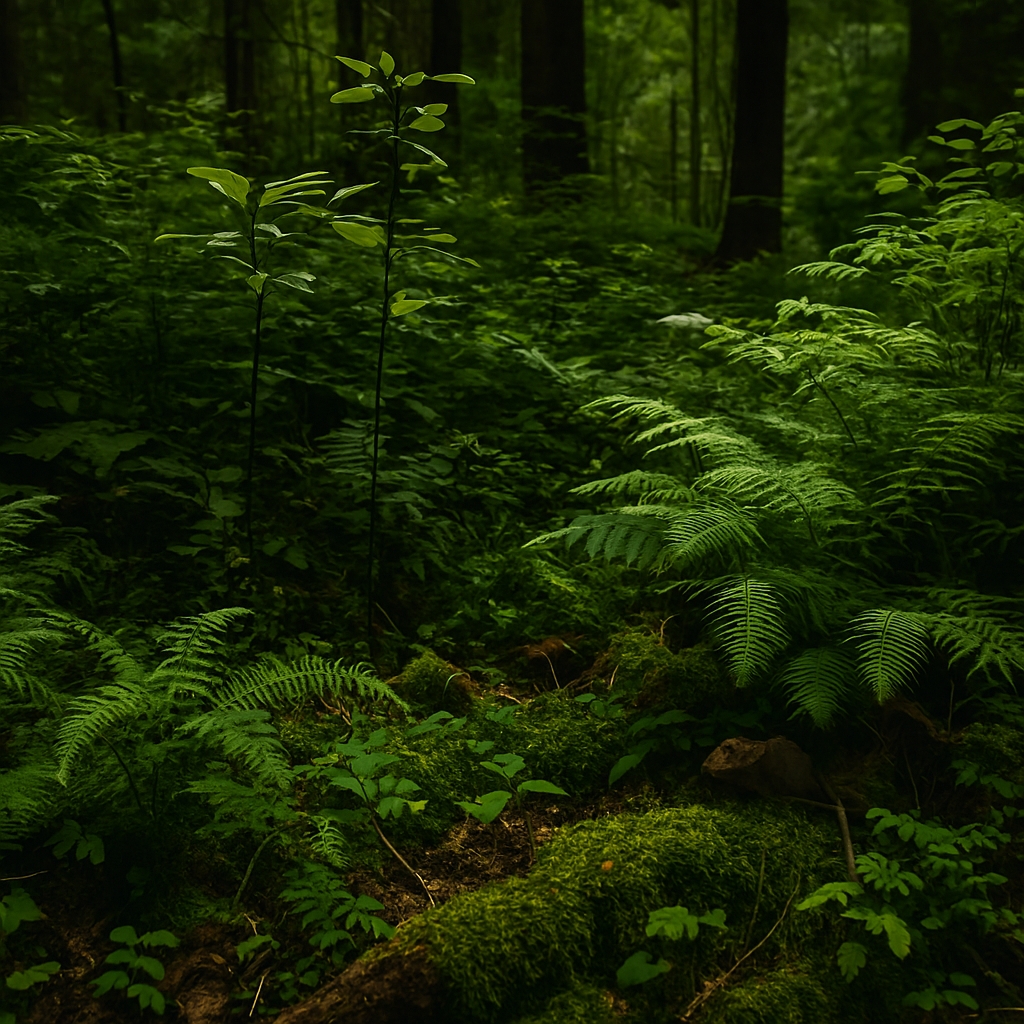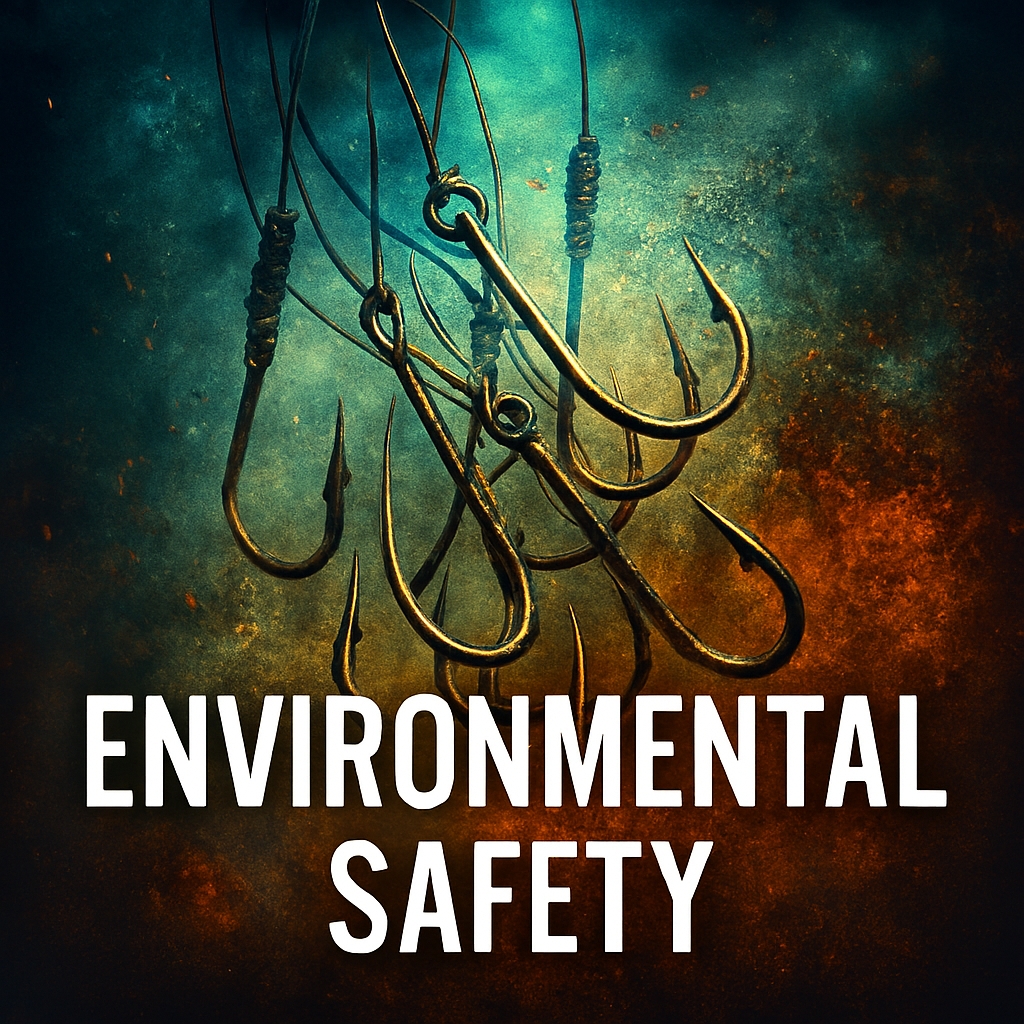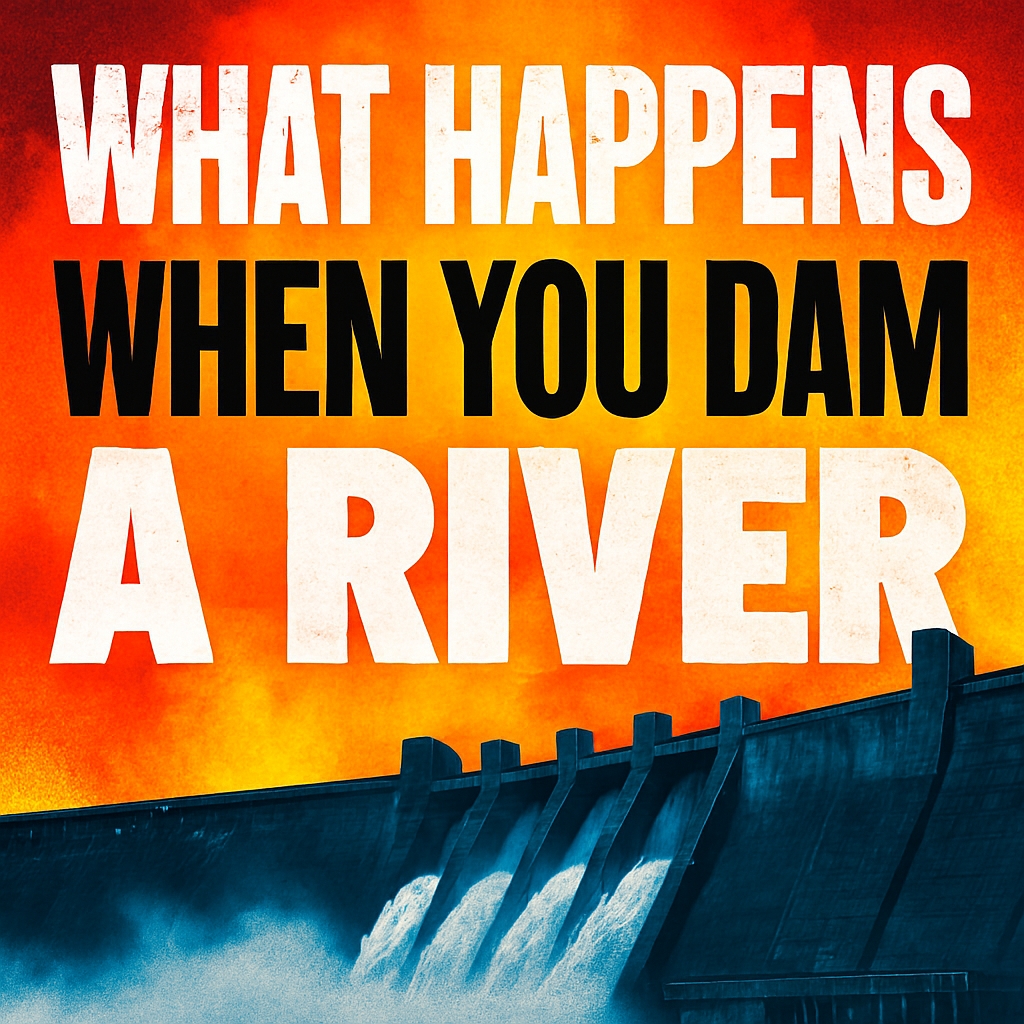Nature’s Invitation – How Camping Can Support Ecological Awareness
Hidden Footprints – The Unseen Costs of Outdoor Recreation
Camping is often romanticized as a pure and restorative escape from modern life. It evokes images of starry skies, crackling fires, and quiet communion with nature. But this idyllic portrayal masks a more complex reality. As millions of people flock to forests, deserts, mountains, and coastlines each year, the cumulative environmental impact of camping has grown increasingly significant. While camping can foster ecological stewardship and reduce urban consumption, it can also contribute to pollution, habitat degradation, and biodiversity loss.

Fostering Environmental Education – Immersion as a Catalyst for Awareness
Camping provides direct exposure to ecosystems, offering a tactile and emotional connection to the natural world that textbooks and documentaries cannot replicate. Studies in environmental psychology show that immersive experiences in nature increase pro-environmental attitudes and behaviors. Campers often become more aware of ecological fragility, climate variability, and the interconnectedness of species. Educational signage, ranger-led programs, and interpretive trails further reinforce ecological literacy, especially in protected areas.
Supporting Protected Areas – Recreation as a Conservation Incentive
Entrance fees, camping permits, and donations contribute to the financial sustainability of national parks, state forests, and conservation reserves. These funds support trail maintenance, habitat restoration, invasive species control, and wildlife monitoring. Moreover, public engagement through camping can build political support for land preservation, helping to prevent commercial development, logging, or mining in ecologically sensitive zones. The presence of campers can also deter illegal poaching and logging in remote areas.
Reducing Urban Resource Consumption – Minimalism in Practice
Camping often involves temporary disconnection from high-consumption urban infrastructure. Without access to electricity, plumbing, and digital devices, campers tend to use fewer resources. Cooking over stoves or fires, using solar lanterns, and relying on reusable water containers all contribute to lower energy and water footprints. This minimalist lifestyle, even if temporary, can influence long-term habits and reduce dependence on resource-intensive conveniences.

Promoting Low-Carbon Travel – Alternatives to Emission-Heavy Tourism
Backpacking, bike camping, and canoe camping are low-emission alternatives to traditional tourism. Unlike resort travel, which often involves flights, air conditioning, and imported goods, these forms of camping rely on human-powered mobility and local resources. According to the International Council on Clean Transportation, aviation accounts for over 2 percent of global carbon emissions. Choosing local camping destinations can significantly reduce one’s travel-related carbon footprint.
Soil Erosion and Vegetation Damage – The Hidden Cost of Foot Traffic
Repeated trampling by campers compacts soil, reducing its porosity and water absorption capacity. This leads to increased runoff, erosion, and loss of native vegetation. Tent placement, fire pits, and footpaths can destroy root systems and expose soil to wind and rain. In alpine and desert ecosystems, where recovery is slow, even minor disturbances can persist for decades. Restoration efforts often require reseeding, mulching, and fencing to rehabilitate damaged areas.
Wildlife Disturbance – Behavioral Shifts and Ecological Stress
Human presence alters animal behavior in profound ways. Nocturnal species may avoid feeding areas, migratory birds may abandon nesting sites, and predators may shift hunting patterns. Noise, artificial light, and scent trails can disrupt ecological rhythms. Improper food storage attracts animals, leading to habituation and increased risk of conflict. In many cases, wildlife that becomes accustomed to human food must be relocated or euthanized to prevent danger to both animals and people.

Waste and Pollution – From Microplastics to Chemical Contaminants
Even biodegradable waste can disrupt nutrient cycles and attract scavengers. Trash left behind introduces microplastics, heavy metals, and synthetic chemicals into soil and water. Campfires release particulate matter, carbon monoxide, and volatile organic compounds. Soap, sunscreen, and insect repellent can contaminate streams and lakes, affecting aquatic life. In high-use areas, waste management infrastructure often lags behind visitor volume, leading to overflow and environmental degradation.
Introduction of Invasive Species – Unseen Passengers on Gear and Vehicles
Campers may unknowingly transport invasive seeds, insects, or pathogens on clothing, gear, and vehicles. Firewood brought from other regions can harbor pests like the emerald ash borer or gypsy moth, which devastate native forests. Footwear and tents can carry fungal spores that threaten amphibians or plants. The spread of invasive species alters food webs, displaces native organisms, and increases the cost of ecological management.
Overcrowding and Infrastructure Strain – When Nature Becomes a Venue
Popular campgrounds often exceed their ecological carrying capacity during peak seasons. Overcrowding leads to noise pollution, litter accumulation, and trail widening. To accommodate demand, agencies may expand roads, parking lots, and facilities, fragmenting habitats and altering hydrology. The construction of restrooms, picnic areas, and RV hookups introduces impervious surfaces and increases runoff. In some cases, overuse forces temporary closures to allow for ecological recovery.

Campfire Impact – Carbon Emissions and Forest Vulnerability
Campfires are a central ritual of camping but carry significant environmental risks. Burning wood releases carbon dioxide, methane, and black carbon, contributing to climate change. In dry conditions, campfires can ignite wildfires, especially when not properly extinguished. According to the U.S. Forest Service, human-caused fires account for nearly 85 percent of wildfires. Firewood collection also depletes deadwood habitats essential for fungi, insects, and small mammals.
Water Source Contamination – The Ripple Effect of Improper Hygiene
Improper disposal of greywater, soap, and human waste can contaminate rivers, lakes, and groundwater. Nutrient overloads from waste accelerate algal blooms, which deplete oxygen and kill aquatic life. Pathogens like Giardia and E. coli can spread through untreated water sources, posing health risks to both humans and wildlife. In sensitive watersheds, even small amounts of contamination can disrupt entire ecosystems.
Noise Pollution – Disruption of Acoustic Ecology
Camping often introduces artificial sounds into otherwise quiet environments. Generators, loud music, and vehicle traffic interfere with the acoustic landscape, which many species rely on for communication, mating, and predator avoidance. Birds, amphibians, and mammals may alter vocalizations or abandon territories due to noise stress. Acoustic pollution also diminishes the restorative experience of nature for campers themselves.
Light Pollution – Altering Circadian Rhythms and Migration Patterns
Artificial lighting from lanterns, headlamps, and vehicles can disrupt nocturnal wildlife. Light pollution affects insect navigation, bird migration, and amphibian breeding. It also interferes with plant photoperiods, altering growth and flowering cycles. In campgrounds near urban areas, skyglow reduces visibility of stars and diminishes the educational value of astronomy programs.

Trail Expansion – Fragmentation and Edge Effects
As campers seek solitude, informal trails often emerge, fragmenting habitats and increasing edge effects. These edges expose interior ecosystems to wind, invasive species, and human disturbance. Fragmentation reduces genetic exchange among wildlife populations and increases vulnerability to predation. Trail proliferation also complicates land management and increases maintenance costs.
Climate Vulnerability – Camping in a Changing World
Climate change is altering the viability of traditional camping areas. Increased wildfire risk, drought, and extreme weather events threaten both campers and ecosystems. Melting snowpacks reduce water availability, while shifting species ranges affect biodiversity. Campgrounds may need to relocate or redesign infrastructure to adapt to new climate realities. Campers must also adjust practices to minimize risk and impact in a warming world.
Cultural and Indigenous Land Impact – Respecting Ancestral Territories
Many camping areas overlap with Indigenous lands and sacred sites. Uninformed recreation can lead to cultural disrespect, land degradation, and legal conflict. Responsible camping includes learning about local Indigenous history, following access guidelines, and supporting Indigenous-led conservation efforts. Collaboration with Indigenous communities can enhance ecological stewardship and cultural understanding.
Gear Manufacturing and Disposal – The Lifecycle of Outdoor Equipment
The production of tents, sleeping bags, and outdoor apparel involves resource extraction, chemical processing, and energy consumption. Synthetic materials like nylon and polyester are derived from petroleum and contribute to microplastic pollution. Discarded gear often ends up in landfills, where it persists for decades. Choosing durable, repairable, and ethically sourced equipment can reduce environmental impact across the product lifecycle.

Camping Through Time – Past, Present, and Future Environmental Shifts
Camping has undergone a profound transformation over the past century, shaped by cultural values, technological advances, and ecological awareness. Its environmental footprint has evolved in tandem, reflecting broader societal shifts in how nature is perceived, accessed, and protected.
The Past – Romantic Wilderness and Unregulated Access
In the early 20th century, camping was largely a frontier activity. It was rooted in romantic notions of wilderness, self-reliance, and escape from industrialization. Campers relied on natural materials, open fires, and rudimentary gear. Environmental impact was rarely considered, and regulations were minimal. Popular destinations lacked infrastructure, leading to widespread littering, vegetation damage, and wildlife disturbance.
During the post-war boom, camping became a mainstream leisure activity. The rise of automobile tourism and national park development brought millions into natural areas. While this democratized access to nature, it also introduced mass recreation and increased pressure on fragile ecosystems. Campgrounds expanded, trails multiplied, and the cumulative impact began to show—erosion, pollution, and habitat fragmentation became visible concerns.
The Present – Awareness, Infrastructure, and Ethical Tension
Today, camping exists at the intersection of recreation and responsibility. Environmental awareness has grown, driven by climate science, conservation movements, and ecological education. Leave No Trace principles are widely promoted, and many parks enforce strict regulations on waste, fire use, and campsite selection.
Modern gear is lighter, more efficient, and often designed with sustainability in mind. Solar-powered lanterns, biodegradable soaps, and reusable containers are common. Yet paradoxically, the popularity of camping has surged—fueled by social media, wellness trends, and pandemic-era travel restrictions. This resurgence has strained infrastructure, led to overcrowding, and exposed new vulnerabilities in protected areas.
The ethical tension is clear: while more people seek nature as a refuge, the cumulative impact of their presence risks degrading the very environments they cherish.
The Future – Regenerative Models and Climate Adaptation
Looking ahead, the future of camping will be shaped by climate change, technological innovation, and evolving land ethics. Rising temperatures, wildfire risk, and shifting species ranges will force changes in campground design, seasonal access, and visitor behavior. Some areas may become unsuitable for camping altogether, while others will require adaptive management to remain viable.
Regenerative camping—an emerging concept—goes beyond sustainability. It emphasizes active restoration, community engagement, and ecological reciprocity. Campers may participate in habitat restoration, citizen science, or Indigenous-led stewardship programs. Gear companies are exploring circular design models, where products are repairable, recyclable, and ethically sourced.
Digital tools will also play a role. Apps that guide low-impact behavior, monitor ecological conditions, and connect campers to conservation efforts could redefine outdoor ethics. The challenge will be to balance technological mediation with authentic nature immersion.
In essence, camping is no longer just a leisure activity—it is becoming a platform for ecological learning, cultural respect, and planetary care. Its evolution reflects a broader shift from extraction to regeneration, from passive enjoyment to active responsibility.
Conclusion – Toward a Regenerative Outdoor Ethic
Camping is neither inherently sustainable nor inherently destructive. Its environmental impact depends on choices—where we go, how we behave, and what we leave behind. By embracing a regenerative ethic, campers can transform recreation into restoration. This means not only minimizing harm but actively contributing to ecological health through education, advocacy, and stewardship. The wilderness is not a backdrop for leisure—it is a living system that demands respect, humility, and care.
Join the Discussion – Your Role in the Future of Camping
How do you balance your love for the outdoors with environmental responsibility? Have you encountered ecological challenges while camping? What practices do you follow to minimize your impact?
#EnvironmentalImpact #SustainableCamping #EnvironmentalImpact #SustainableCamping #LeaveNoTrace #EcoConsciousTravel #WildlifeProtection #HabitatPreservation #MinimalistOutdoors #ClimateAwareCamping #RegenerativeRecreation #NatureEthics #CampingResponsibly #OutdoorStewardship #LowCarbonAdventure #ProtectPublicLands #CampingAndConservation

















Leave a Reply